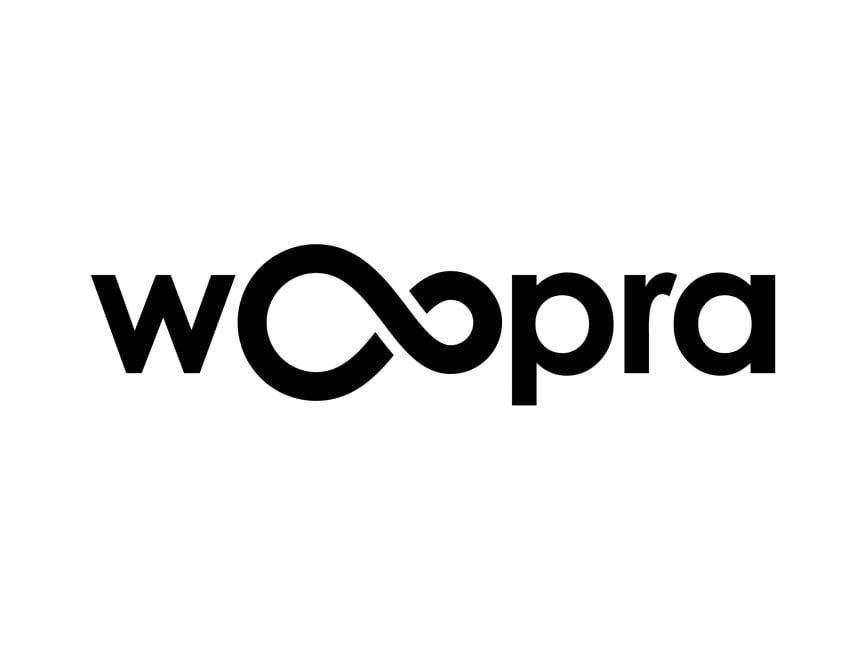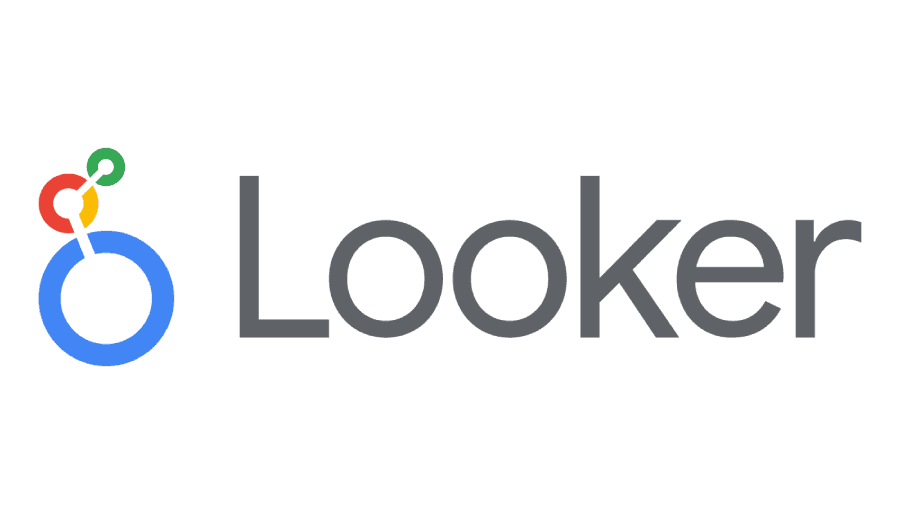In the bustling digital marketplace, the quest for the perfect analytics tool can feel like searching for a needle in a haystack. Two names often bubble up to the surface in this search: Woopra and Looker. Each offers a unique lens through which to view your data, but choosing between them hinges on understanding their distinct capabilities. Let’s dive into this comparison, beginning with a crucial battleground: Real-Time Analytics.
Woopra | Looker |
|---|---|
| G2 Score – 4.4 out of 5 stars | G2 Score – 4.4 out of 5 stars |
| TrustRadius Score – 5.8/10 | TrustRadius Score – 8/10 |
Real-Time Analytics: The Pulse of Decision-Making
In today’s fast-paced digital environment, having access to real-time analytics is like having a finger on the pulse of your business. The ability to make informed decisions at the moment can be the difference between seizing an opportunity and missing it entirely. Here’s how Woopra and Looker stack up when it comes to offering insights in real time.
Woopra: The Instant Insight Engine
Woopra specializes in providing real-time analytics, designed to offer businesses instant visibility into user actions as they happen. This immediacy allows for swift, data-informed decisions that can enhance customer experiences on the fly. Whether it’s monitoring the immediate impact of marketing campaigns or observing user interactions within an app, Woopra delivers the insights needed to react and adapt in the moment.
Beyond just real-time data, Woopra offers a suite of tools aimed at understanding and optimizing the customer journey. Its real-time analytics are not just snapshots but part of a broader narrative, allowing businesses to see how immediate actions fit into longer-term trends and behaviors.
Looker: The Strategic Overview
Looker takes a different approach, focusing less on moment-to-moment analytics and more on providing a comprehensive, strategic view of your data. While it offers capabilities for near real-time data exploration, its strength lies in deep, query-based analytics that uncover trends and patterns over time. Looker’s model is built around creating a single source of truth for your data, ensuring that insights are consistent, reliable, and deeply integrated into decision-making processes.
With Looker, the emphasis is on building a data-driven culture that extends beyond the analytics team, enabling everyone in the organization to access and understand data. Its dashboards and reports are designed to be accessible and informative, providing a clear vision of business performance that informs strategic planning and long-term optimization.
Integration Capabilities: The Architects of a Unified Digital Ecosystem
In a digital landscape adorned with a multitude of tools and platforms, the strength of an analytics tool is significantly magnified by its ability to seamlessly blend into your existing tech stack. Let’s assess how Woopra and Looker fare when it comes to integrating with other software and services.
Woopra: Seamless Fusion for Real-Time Insights
Woopra prides itself on offering seamless integration capabilities with a wide array of platforms, ranging from CRM systems like Salesforce to email marketing tools like Mailchimp and customer support services like Zendesk. This broad spectrum of integrations is designed to funnel data from various touchpoints into Woopra, enriching the real-time analytics that the platform is celebrated for.
Beyond merely collecting data, Woopra’s integrations allow for actionable insights to be distributed back into these platforms, enabling automated, data-driven actions across your marketing, sales, and support efforts. For businesses looking for an analytics solution that not only analyzes but also activates their data across their tech stack, Woopra offers a compelling proposition.
Looker: The Strategic Data Hub
Looker takes a strategic approach to integrations, focusing on creating a central hub for all your data. Its integration capabilities are built around its powerful LookML modeling language, which facilitates the pulling in of data from various databases and SaaS platforms into a cohesive model. This approach ensures that all data within Looker is consistent, reliable, and ready for deep analysis.
Looker also stands out for its “Blocks” feature, which provides pre-built pieces of code for common data sources and analytical patterns, making it easier to integrate and analyze data from tools like Google Ads, Segment, or Shopify. For organizations aiming to build a comprehensive, centralized data model that serves as the foundation for all strategic decision-making, Looker’s integrative approach is invaluable.

Related: Check out our free SEO suite

Data Visualization and Reporting: Painting Pictures with Data
The ability to not only analyze but also visually present data in an understandable and actionable manner is crucial for businesses across all sectors. Visual analytics can transform raw data into clear insights, driving decision-making processes. Here’s how Woopra and Looker empower users with data visualization and reporting tools.
Woopra: Interactive Visual Narratives
Woopra emphasizes creating interactive, visually engaging reports that provide immediate insights into user behavior and business performance. Its dashboard is intuitively designed, allowing users to customize and share visual reports that combine various data points into cohesive narratives. Whether it’s tracking marketing campaign effectiveness, user engagement, or customer lifecycle progression, Woopra’s visualization tools are built to offer clarity at a glance.
A standout feature of Woopra’s visualization capabilities is its real-time analytics dashboard, which updates instantly as users interact with your product. This feature is invaluable for businesses that rely on up-to-the-minute data to make informed decisions. Additionally, Woopra’s funnels, retention reports, and segmentation analyses are visually intuitive, making complex data sets accessible to all team members, regardless of their data literacy levels.
Looker: Customizable Dashboards and Deep Insights
Looker takes data visualization and reporting to a strategic level, offering highly customizable dashboards that can accommodate the nuanced needs of different businesses. Powered by its LookML data modeling language, Looker enables users to create complex, query-based visualizations that delve deep into the data. The platform’s strength lies in its ability to serve up granular insights through a variety of chart types and interactive dashboards, tailored to the specific analysis needs of your team.
One of Looker’s key advantages is its robustness in handling large datasets and complex queries, ensuring that the visualizations not only represent the data accurately but also offer actionable insights. Furthermore, Looker’s visualizations are seamlessly integrated within its data platform, meaning insights drawn from these reports are always backed by up-to-date, reliable data, fostering a data-driven culture across the organization.
User Accessibility and Learning Curve: Empowering Users at Every Level
This dimension is about how approachable and user-friendly the platform is for your team, influencing not just the immediate adoption rate but also the long-term effectiveness of your analytics initiatives. Let’s dissect how Woopra and Looker cater to users across varying levels of technical expertise.
Woopra: Intuitive Engagement from the Start
Woopra is designed with a focus on user accessibility, presenting a clean, intuitive interface that allows users to navigate its features with minimal friction. This approachability does not come at the expense of depth; rather, Woopra manages to balance complexity with simplicity, making advanced analytics accessible to users regardless of their technical background.
The platform offers a variety of resources to help users climb the learning curve, including detailed documentation, tutorials, and customer support. Woopra’s commitment to user education ensures that teams can rapidly move from basic usage to leveraging more sophisticated features, like custom event tracking and advanced segmentation, without feeling overwhelmed.
Looker: Steep Climb, Rewarding Views
Looker, with its powerful and flexible data modeling capabilities via LookML, tends to have a steeper learning curve, especially for users new to data analytics or those not familiar with SQL. However, this learning curve is a gateway to the platform’s deep analytical power. Looker offers comprehensive training materials, including in-depth documentation, webinars, and an active community forum, to support users in mastering its features.
The initial investment in learning Looker is rewarded with the ability to create highly customized reports, dashboards, and data explorations that can cater to the most specific business questions. For organizations with the resources to invest in user education and those who require granular control over their data analysis, Looker presents a powerful tool that becomes more valuable as users’ proficiency grows.
Pricing and Value: The Cost of Clarity
The pricing models of analytics platforms are as varied as their features, with each tool offering a range of options designed to meet businesses at different stages of growth and with varying analytics needs. Understanding the pricing structure and the value derived from each platform can help demystify which tool might offer the best return on investment for your specific context.
Woopra: Flexible Pricing for Diverse Needs
Woopra offers a tiered pricing model that scales with your business. Starting with a free tier for basic analytics needs, Woopra’s pricing structure is designed to grow as your data analytics requirements expand. Premium plans introduce more advanced features, including detailed segmentation, comprehensive funnel analytics, and full customer journey mapping, alongside increased data retention and higher event volumes.
The value proposition of Woopra lies in its ability to offer deep, real-time insights into user behavior across multiple touchpoints, making it particularly valuable for businesses focused on optimizing the customer experience. For companies looking to invest in understanding every facet of their user interactions, Woopra’s pricing tiers provide a pathway to increasingly sophisticated analytics capabilities.
Looker: Strategic Investment in Data
Looker’s pricing is not publicly listed, reflecting its tailored approach to enterprise analytics solutions. Interested businesses must contact Looker directly for pricing, which is customized based on the size of the business, the scale of data being analyzed, and the specific features required. This bespoke pricing model aligns with Looker’s position as a comprehensive business intelligence platform, offering in-depth data modeling, visualization, and reporting capabilities.
The value Looker offers is in its ability to transform raw data into actionable business insights across all levels of an organization. Its strength in creating a centralized data hub supports a culture of informed decision-making. For enterprises ready to make a strategic investment in building a data-driven foundation, Looker’s customized pricing reflects the platform’s potential to drive significant business impact.
Pricing
Woopra:

Looker:

Conclusion
Concluding our in-depth comparison of Woopra and Looker, we’ve traversed the landscape of analytics capabilities, integration features, data visualization, user accessibility, and pricing models.
Woopra shines with its real-time analytics, user-friendly interface, and flexible pricing tiers, making it an excellent choice for businesses focused on enhancing customer experience through immediate, actionable insights. Its strength lies in offering a deep dive into customer behavior, empowering businesses to make swift, informed decisions.
Looker, on the other hand, stands out for its robust data modeling capabilities, comprehensive business intelligence solutions, and customized pricing structure. It caters to enterprises looking to build a strategic, data-driven foundation across all levels of operation. Looker’s value proposition is in transforming raw data into strategic insights, supporting a culture of informed decision-making across the organization.
Read Next:
- GetResponse vs Zoho Campaigns: The Best Email Marketing Tool for 2024
- AWeber vs ActiveCampaign: The Best Email Marketing Tool
- Constant Contact vs Campaigner: Best Email Marketing Tool
- GetResponse vs Omnisend: The Best Email Marketing Tool for 2024
- AWeber vs Benchmark Email: The Best Email Marketing Tool






















Comments are closed.